Ferry Birds – January to May 2017
Posted on June 1st, 2017
The seasonal change in the local birdlife is well under way.
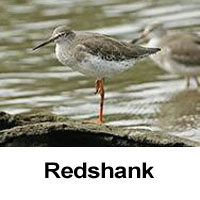
Most of the redshank that spend the winter in West Bay have left for their breeding grounds as I found only 4 there in the middle of April.
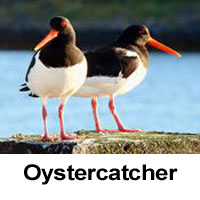
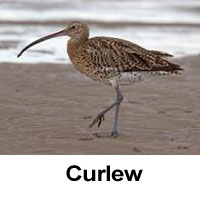
The oystercatcher that share the bay have probably dispersed locally while the curlews move inland and breed on upland moorland in Scotland.
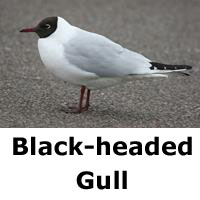
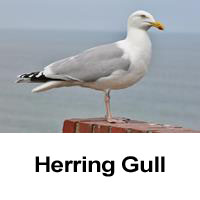
The bay at the moment is quite quiet as the black-headed gulls have also moved to their inland breeding sites in boggy ground near small lochs. However the herring gulls seem to stay around and can be very noisy at times.
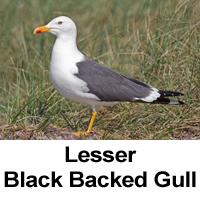
There is also a lesser black-backed gull which seems to think that the top of the school roof is its fiefdom.
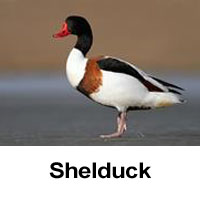
Several shelducks have spent time in West Bay during the winter with at least 13 on the 24th of February and 1 or 2 on the floating mooring at the beginning of May.

The most numerous winter visitor to our coasts is the red-breasted merganser which gathers in flocks off Port Laing. I counted about 75 on the 20th of February and 30 on the 21st of March.
About the same number were there on the 15th of April but I could only find 2 the next day.
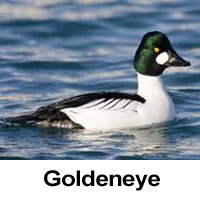
The other duck wintering around our shores is the goldeneye which seem to like Inverkeithing Inner Bay as well as Inverkeithing Bay. Both of these ducks put on a show in spring as the males try to impress the females with a head tossing routine before they leave for their riverside breeding grounds in the Tay and Spey valleys.

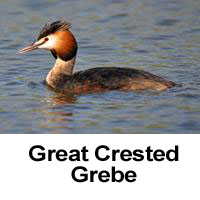
There were several little grebes to be seen from the coastal path from Carlingnose to Cruickness Point and Inverkeithing throughout the winter
However the great crested grebe is now much scarcer than it used to be. My maximum count was about 10 off Cruickness Point.
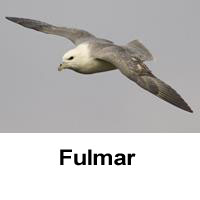
The first sign of breeding activity amongst the sea birds was, of course, the fulmars on Inchgarvie. I saw them first on the 17th of January but they disappeared by the next day. This coming and going carried on ‘til early February and now there are always some on the island and 3 or 4 pairs on the quarry face above Deep Sea World.
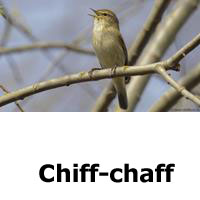
The first summer visitor to be heard and seen was the chiffchaff. The first I heard was on the 19th of March and there were several around the village soon afterwards.
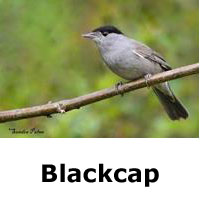
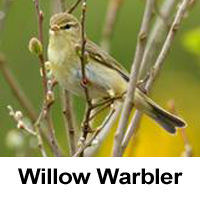
Other warblers soon followed and there is often a blackcap singing on The Brae and willow warblers by the coastal path.

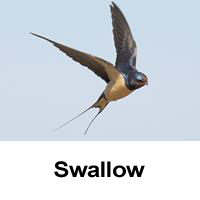
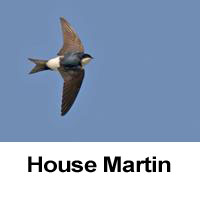
I saw sand martins flying in the quarry on the 8th of April but haven’t seen them since and I have still to see a swallow or house martin in the village.
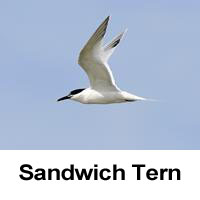
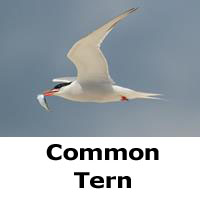
I saw my first sandwich terns off Cruickness Point on the 15th of April and I have heard them flying over the village on several occasions since.
No common terns have arrived yet though.

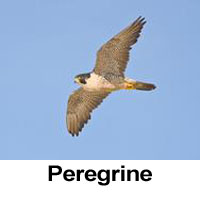
My sightings of our less common birds have included a sparrowhawk over The Brae on 6th of April, a peregrine going south over Ferryhills Road 10 days later and a raven crossing Inverkeithing Inner Bay on the 18th of January.


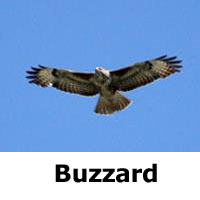
There was also a raven and 2 or 3 crows seeing off a buzzard above the quarry on the 4th of May.
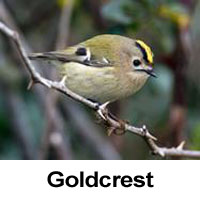

While I was looking for sand martins in the quarry on the 16th of April a goldcrest was feeding in a hawthorn bush about 8 feet away! It is Europe’s smallest bird weighing 4 to 6 grams which translates to about 6 to the ounce!
As usual a plea to leave some of your garden unmanaged so that the insects and other invertebrates on which many of our birds depend can thrive.
John Done
top of page
